I woke up this morning to the news that Google is rolling out AI Mode in the UK.
The fact that it was on the radio indicates that it is, perhaps, fairly big news as I cannot remember the last time I heard about a Google update on the main news. It isn’t especially surprising, as it has already launched in the US and India, but it wasn’t clear when it would turn up on our shores. We now have the answer to that question – it will be rolling out from today.
I haven’t yet explored it in any detail as I cannot personally see it on any of my Google searches, but I have read quite a bit about it following the launch overseas. There is, understandably, quite a bit of huffing and puffing amongst the SEO community and the ‘SEO is dead’ drum has been banging again.
What actually is AI Mode?
Once you have access to it, AI Mode will be available as a distinct ‘AI Mode’ tab on desktop search, mobile web and the Google app.
The new search experience is powered by Gemini 2.5, which is designed to handle complex and multi-step queries using a method called “query fan-out”. Multiple sources of information are consolidated into a single, AI-generated response.
It has been designed to be multimodal, so you can ask questions in a variety of ways, e.g. text / voice / images.
According to Google, users engaging with AI Mode are submitting queries that are two to three times longer than traditional search inputs – indicating a move toward more natural, conversational search behaviour.
I have seen some fairly whacky searches that have been used as examples to show it off, but there is no questioning that it appears to handle multi-layered searches quite well.
What is the impact of AI mode on traditional SEO?
There is an entirely predictable panic emanating from many digital marketers. I am generally fairly cynical about the noise that accompanies most Google announcements, but the speed at which AI appears to be taking over our lives is definitely an interesting one. I would agree that AI Mode will further the potential issues that we have seen with AI Overviews on SERPs and there are several considerations that the traditional SEO bods need to get their head around, including:
Reduced click‑through rates : unlike AI Overviews, which appear above a standard SERP, AI Mode replaces it entirely – presenting a unified answer with source links relegated to a sidebar. This reduces visibility for traditional blue links and can significantly cut referral traffic to websites. I think it is crucial to set realistic expectations and understand that it is very likely that headline traffic numbers may well take a turn for the worse. Be prepared to invest in alternative channels – such as email marketing, social media, and community-driven platforms – to maintain visibility and engagement.
Identity crisis for publishers & content owners: I need more hands-on experience of AI Mode, but it appears that the responses are not being especially generous when it comes to citations, or credit to the original source. This will have a significant impact on attribution and brand exposure.
The rise of AI‑specific optimisation (AEO & GEO): Vic wrote a great summary of why generative engine optimisation (GEO) is really just high quality SEO with another name, so I would encourage you to read that to understand why it is a bit of a buzzword bingo issue, but it is fair to say that some aspects of SEO are evolving to focus specifically on AI, e.g. a greater emphasis on structured data, schema markup, conversational Q&A formats and metadata geared toward LLM attribution
Content remains king: sorry to pull out another cliche, but my view is that the rise of AI simply reinforces the need to create amazing content. Since AI Mode pulls from multiple sources, in-depth, reliable and well-structured content is more likely to be selected. Surface-level or thin content risks being glossed over.
What do you need to do?
Personally, I do not think that anyone who is practicing ‘good’ SEO needs to panic, but there are a few tweaks to your strategy that you should probably consider.
To adapt to this new AI-driven search landscape, digital marketers should begin by auditing their existing content. Identify pages and assets that answer complex or multi-step questions – these are strong candidates for inclusion in AI-generated summaries.
You may well need to revise how content is formatted. Incorporating structured data, using schema markup, and presenting content in clearly defined sections can improve the likelihood of being cited in AI Mode. Tables, bulleted lists and question-and-answer formats can be particularly effective.
AI crawlers are looking for clarity and authority, so simple things like regularly updating cornerstone content, citing credible data and offering original analysis can make a page stand out and increase the likelihood of being cited.
It is not all bad news
The shift to AI-driven search definitely poses challenges, but it also creates new opportunities.
Long-form comparison content, interactive decision guides and hybrid media formats that combine text with visuals are particularly well-suited to AI Mode. Likewise, in-depth explorations of niche topics can reduce competition and increase the chance of being selected for AI-generated answers.
As I said, content remains king. You must, however, really invest in your content and do everything that you can to stand out from the tidal wave of cookie cutter content that, ironically, is ever more common thanks to AI…

